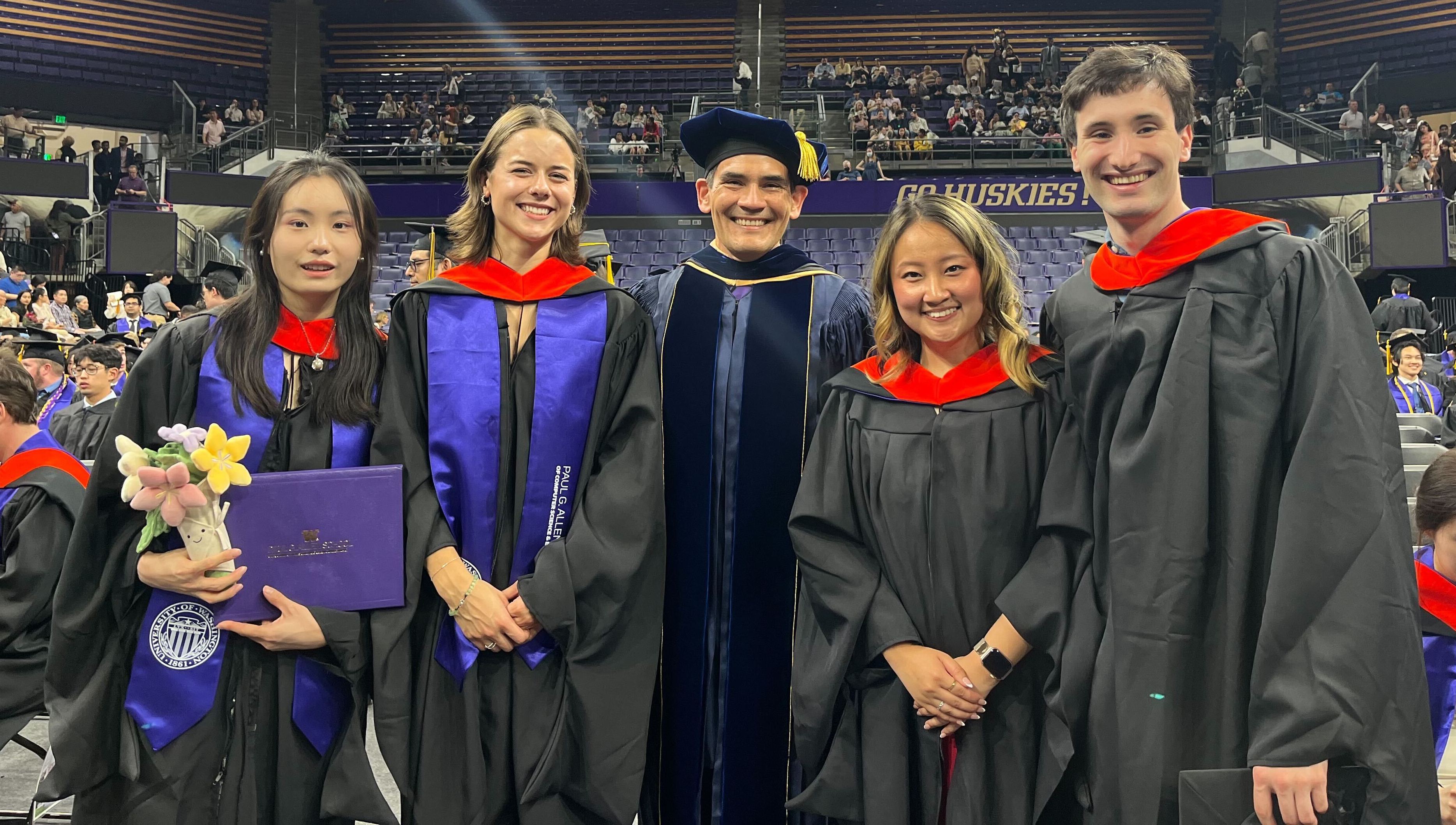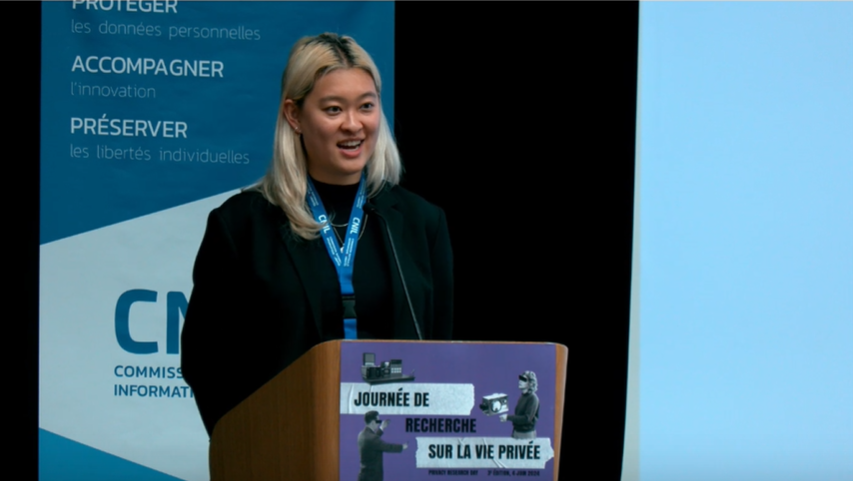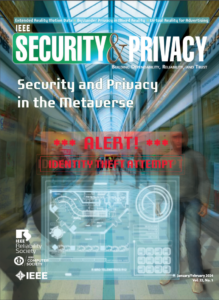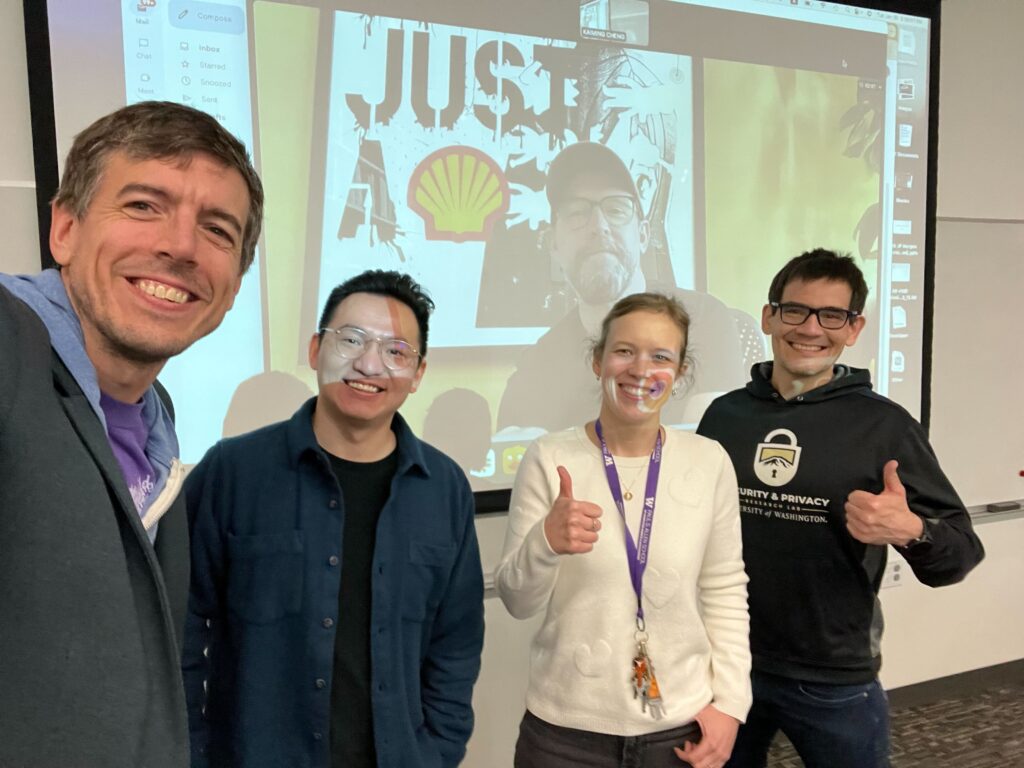Congratulations to our 2024 Graduates!!!
The UW Security and Privacy Research Lab is incredibly excited to congratulate our many graduates this year! It has been a tough couple of years for everyone, and our BS, MS, PhD, and Postdoc graduates have nevertheless conducted incredible research and contributed to a great lab community. We will miss you all, and we can’t wait to see where your careers take you!

Congratulations to:
- Micheal Chung (BS, advised by David Kohlbrenner) –> Software Engineer @ Apple
- Grace Brigham (MS, advised by Yoshi Kohno) –> Software Engineer @ Microsoft
- Vadym Denysenko (BS, advised by Franzi Roesner) –> Data Engineer @ MAQ Software
- Chongjiu Gao (MS, advised by Franzi Roesner) –> Software Engineer @ F5
- Theo Gregersen (MS, advised by Franzi Roesner) –> PhD program @ CMU
- Shaoqi Wang (MS, advised by Yoshi Kohno and Franzi Roesner) –> PhD program @ Northeastern






